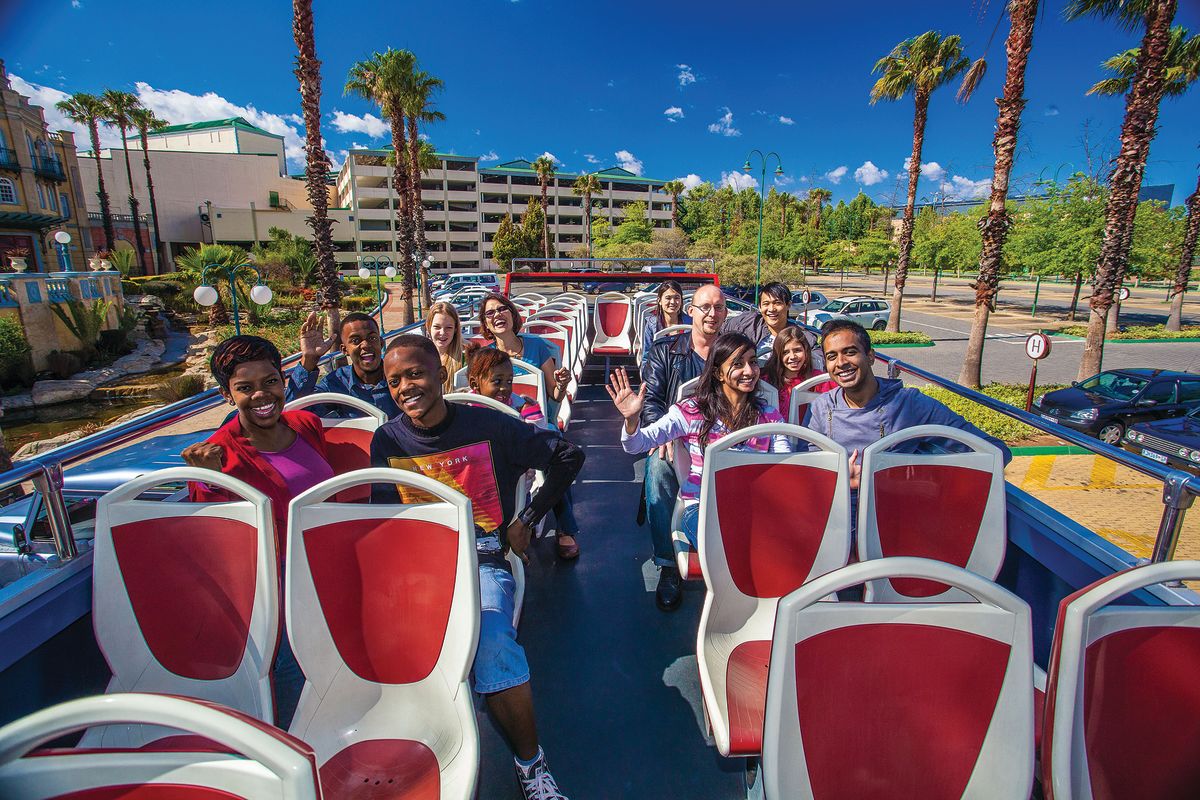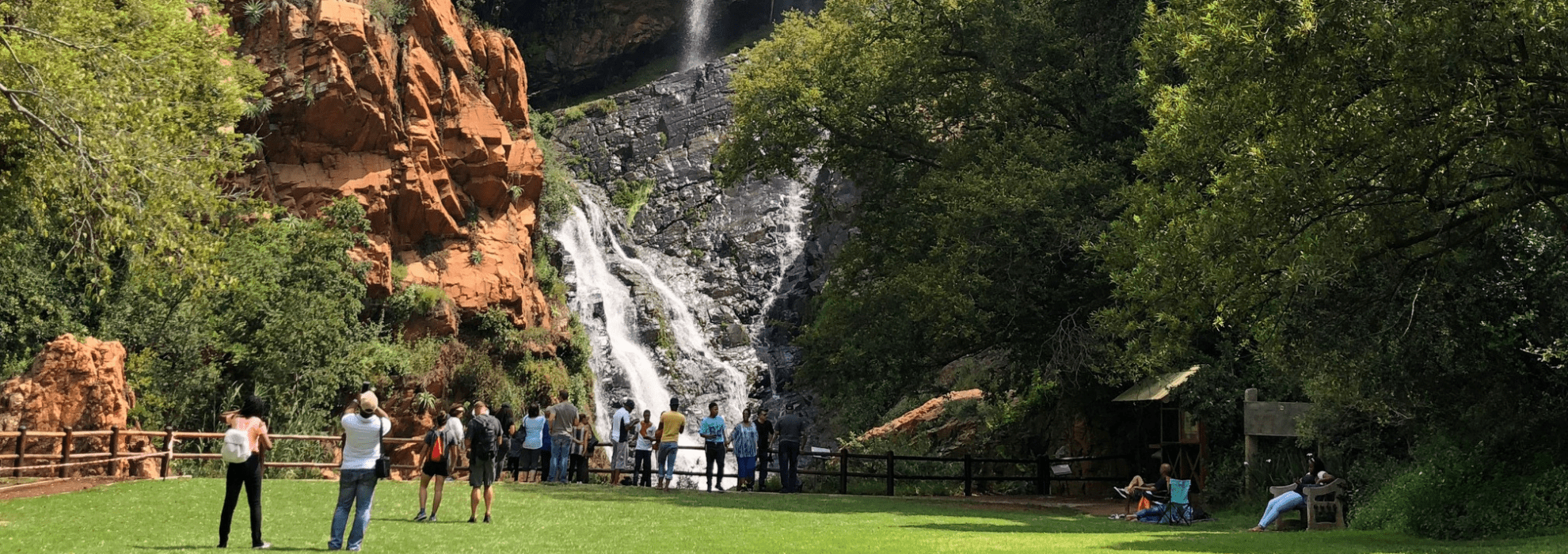Getting The Johannesburg North Attractions To Work
Table of ContentsThe Basic Principles Of Johannesburg North Attractions Indicators on Johannesburg North Attractions You Need To KnowThe Best Strategy To Use For Johannesburg North AttractionsAll About Johannesburg North AttractionsSome Of Johannesburg North AttractionsGetting My Johannesburg North Attractions To Work
The city owes its location to the existence of a much more valuable source: gold. The city grew on the side of the Witwatersrand Key Coral reef, a subterranean stratum of gold-bearing quartz-silica conglomerate that arcs for hundreds of miles under the Highveld. The majority of the gold mines in the city ceased procedure in the 1970s, but in its day the Witwatersrand gold sector accounted for greater than 40 percent of the world's yearly gold production.Johannesburg has a temperate climate. Summer temperature levels average regarding 75 F (24 C); winter months temperatures balance concerning 55 F (13 C) and just periodically dip listed below freezing. The city appreciates about eight hours of sunlight daily in both winter and summer. Rainfall standards concerning 28 inches (700 millimetres) per year, but the complete differs considerably from year to year.
What rain the city gets drops nearly exclusively in the summertime, frequently in stunning late-afternoon electrical storms. Air pollution positions a considerable issue, particularly in the cold weather, when thermal inversions restrain the westward circulation of air from the Indian Sea. Air pollution is most severe in the largely resolved Black territories on the city's perimeter, where several locals still rely upon coal for gas.

Getting My Johannesburg North Attractions To Work
The equilibrium of the city is inhabited by whites. Lodging varies in personality and quality.
Physical growth, although rather limited by transport, proceeded quickly as migration to South Africa, and Johannesburg in particular, increased significantly. This problem was resolved in the 1930s when the vehicle was introduced in automation to South Africa. Autos were, essentially, restricted to the rich, and permitted them to move to the north of the city and commute right into the centre.
The majority of poor suburban areas were blended, with bad blacks and whites living with each other, although the rich residential areas were generally reserved for whites.
The approximated populace of the region is 200,000, [] yet the variety of individuals residing in the inner city on a casual basis is unidentified, as numerous are illegal aliens. A lot of higher-income homeowners and white people have transferred to the northern suburbs and have actually been replaced by lower-income black individuals. The joblessness, education, and age profiles of the area are all unidentified, as a result of visit homepage the trouble of acquiring trustworthy info concerning the location.
An Unbiased View of Johannesburg North Attractions
Centred on the CBD, the area includes the residential areas of Yeoville, Bellevue, Troyeville, Jeppestown, and Berea to the east. To the west it spreads out to Pageview (Johannesburg North attractions) and Fordsburg. There are tiny commercial locations to the south, such as City West-Denver and Benrose. Around 800,000 travelers travel through the internal city daily, and it operates as a regional shopping node for visitors from the southern suburban areas. Yeoville and Bellevue have a mix of apartment and single household devices on tiny whole lots. The area is located on a hilly divide that ranges from east to west. The most obvious geographic feature is Observatory Ridge, which is named for the huge observatory situated on it. The leisure areas are no more made use of, due to safety issues.

Johannesburg Stadium, a training ground for both the Golden Lions and Orlando Pirates, is surrounding. The eastern suburbs of Johannesburg lie in the city's 7th [] and 9th [] areas. The location is also functionally integrated with East Rand boundary towns outside of the main limit of Johannesburg, such as Bedfordview and Edenvale (both component of Ekurhuleni Metropolitan Town).
About Johannesburg North Attractions
The eastern suburbs are some of the earliest locations of Johannesburg, there are big communities of Jewish and various other European backgrounds, the bulk of the population is English speaking. There are 3 golf training courses as well as a number of protected ridges with viewsites.
The location is mainly composed of old "matchbox" residences, or four-room houses constructed by the federal government, that were developed to give cheap holiday accommodation for black employees throughout apartheid. Soweto is an acronym, meaning "South Western Townships". Road after street in this field is lined with matchboxes; nonetheless, there are a couple of smaller sized locations where prosperous Sowetans have built homes that are extra similar in stature with those in more affluent suburbs.
Hostels are an additional famous physical function of Soweto. Originally developed to house male migrant workers, several have been improved as homes for couples and families. The N1 Western Bypass skirts the eastern boundary of Soweto. The residential area was not historically permitted to develop employment centres within the location, so nearly all of its locals are travelers to various other parts of the city.
Johannesburg North Attractions for Beginners
The N1 Western Bypass attaches the north residential areas with the north-western suburbs. The suburbs in the north residential areas are primarily formal, with no considerable locations of casual you could try here housing, or real estate that does not have an irreversible framework. Although this is an established location, there is a trend of land use adjustment from residential to business, specifically along primary arterial roads and around well-known nodes.
The location is well connected to road networks, specifically along the north-south axis created by the M1 and N1. Roads to the eastern and west are much less well established, as there are no highways travelling her latest blog in that direction. In the direction of the north border of the city, the thickness of growth decreases, leaving big locations of undeveloped land around Midrand.
The Facts About Johannesburg North Attractions Uncovered
The initial residential area to the north of the central city is Parktown, which is situated on a hill neglecting the central city and Hillbrow. It has numerous well-off residents and Edwardian-design estates, along with the Education and Medical schools of the University of the Witwatersrand. The large concrete Charlotte Maxeke Johannesburg Academic Healthcare Facility controls the horizon of Parktown.
Comments on “3 Easy Facts About Johannesburg North Attractions Explained”